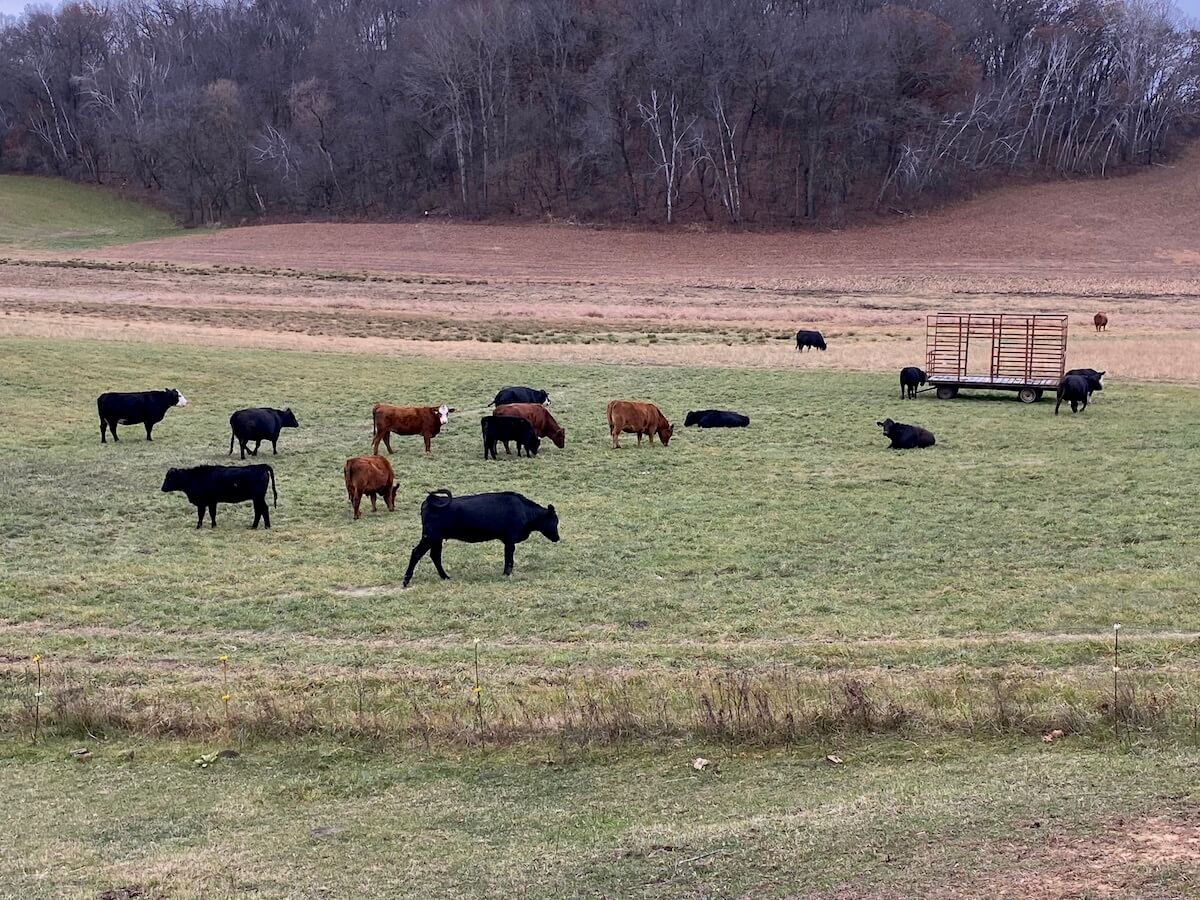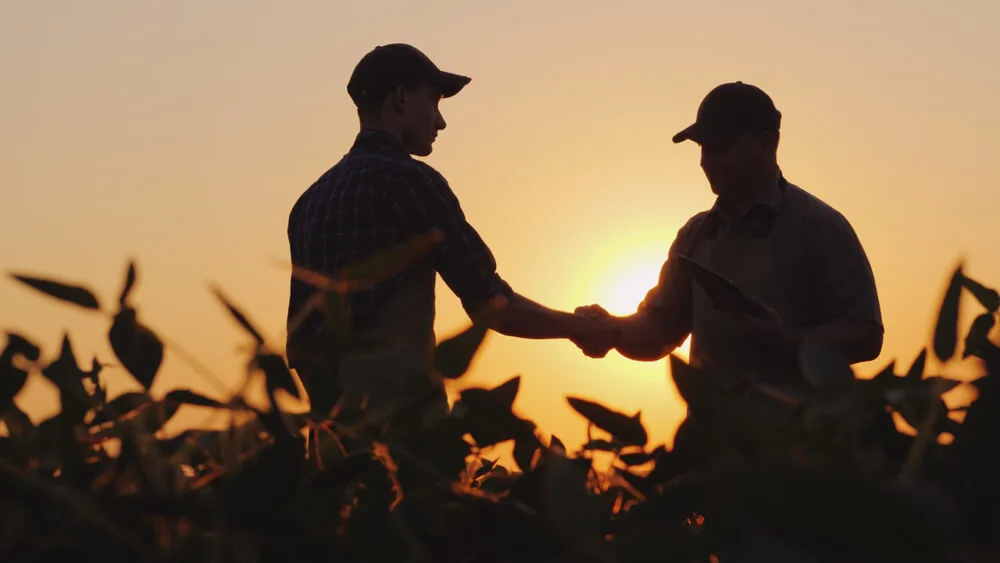
#image_title
Environmental groups find waste from mega-farms is endangering water throughout the state.
A new report by two environmental organizations shows large farms in some parts of Wisconsin are generating too much manure to be safely disposed of, adding to existing concerns about water quality in the state.
A study by the Environmental Working Group and Midwest Environmental Advocates (MEA), the first of its kind in Wisconsin, reveals that some areas, such as Kewaunee County and portions of the Central Sands region, lack enough agricultural land to handle the amount of animal waste generated by farms, especially large farms known as concentrated animal feeding operations, or CAFOs.
The report raises concerns about the continued expansion of large-scale livestock operations in areas where drinking water pollution is already a concern. The report utilized aerial imagery and publicly available data to predict current application levels of animal manure and commercial fertilizer in nine of the state’s 72 counties. Those levels are far above what is needed to grow crops in those areas, the study determined.
To address growing groundwater concerns, the Wisconsin Department of Natural Resources in 2019 began developing new rules limiting the application of manure and commercial fertilizer. However, the proposed environmental protections faced opposition from industrial agriculture groups and the Republican-led state Legislature, and in November, DNR officials announced they would abandon that plan.
News that the DNR decided against proceeding with new groundwater protections was disappointing to communities like the small Portage County village of Nelsonville, where half of private wells tested are considered unsafe because of pollution from agricultural fertilizer and manure. Residents there are seeking more oversight of large CAFOs such as Gordondale Farms, a dairy farm with about 2,000 cows.
“Like other neighbors of Gordondale Farms, we’ve seen a consistent decline in the quality of our well water,” Nelsonville resident Lisa Anderson said. “The EWG report confirms that what we’re asking for is both reasonable and necessary.”
The study cites Kinnard Farms in Kewaunee County as an example of already large CAFOs that further endanger the state’s water quality by continued expansion. The Wisconsin Supreme Court in July ruled the state has the authority to limit the numbers of animals at the dairy farm, one of the largest in Wisconsin.
However, in January the DNR said the farm could be allowed to nearly double the size of its dairy cow herd, from 8,000 to about 15,000. Such growth of CAFOs is prompting concerns.
“In setting an animal unit limit for Kinnard Farms, the DNR must consider the overwhelming amount of fertilizer and manure that is already being applied to fields in the area,” Adam Voskuil, MEA staff attorney and co-author of the report, said in a press release. “More cows would lead to more pollution—there’s just nowhere for additional manure to be safely spread.”
RELATED: Former DNR Leader Says a Renegade Board Member Is Part of Republicans’ Plan to Undermine Water Rules
Nitrogen and phosphorus in manure and commercial fertilizer are essential nutrients for growing crops. But excess levels can cause nitrate contamination of groundwater and pollute Wisconsin’s rivers, lakes and streams. The study monitored fertilizer levels in Adams, Dane, Green, Juneau, Kewaunee, Lafayette, Portage, Rock, and Wood counties.
Groundwater contamination caused by nitrates, which can reduce the blood’s ability to carry oxygen and cause blue baby syndrome, has become a growing concern in Wisconsin as the number of CAFOs has grown significantly during the past several decades. More large-scale farms means a growing amount of manure that must be disposed of.
Excess fertilizers pose an especially significant problem in such locations as Kewaunee County, where fractured bedrock and shallow soils make groundwater pollution from those sources more likely. According to the report, the combined animal manure and commercial fertilizer nitrogen load in that county is 196%, or nearly double what is needed to grow crops there. That figure is the highest of the nine counties included in the report.
Similarly, Kewaunee county farms produce 164% of the phosphorus level needed, also the highest of the nine counties. Even without additional farm expansion, nitrogen levels are 100% or higher in all nine counties, and phosphorus levels top that figure in three counties.

New Biden rules deliver automatic cash refunds for canceled flights, ban surprise fees
In the aftermath of a canceled or delayed flight, there’s nothing less appealing than spending hours on the phone waiting to speak with an airline...

One year on the Wienermobile: The life of a Wisconsin hotdogger
20,000+ miles. 16 states. 40+ cities. 12 months. Hotdogger Samantha Benish has been hard at work since graduating from the University of...

Biden makes 4 million more workers eligible for overtime pay
The Biden administration announced a new rule Tuesday to expand overtime pay for around 4 million lower-paid salaried employees nationwide. The...

‘Radical’ Republican proposals threaten bipartisan farm bill, USDA Secretary says
In an appearance before the North American Agricultural Journalists last week, United States Department of Agriculture (USDA) Secretary Tom Vilsack...




